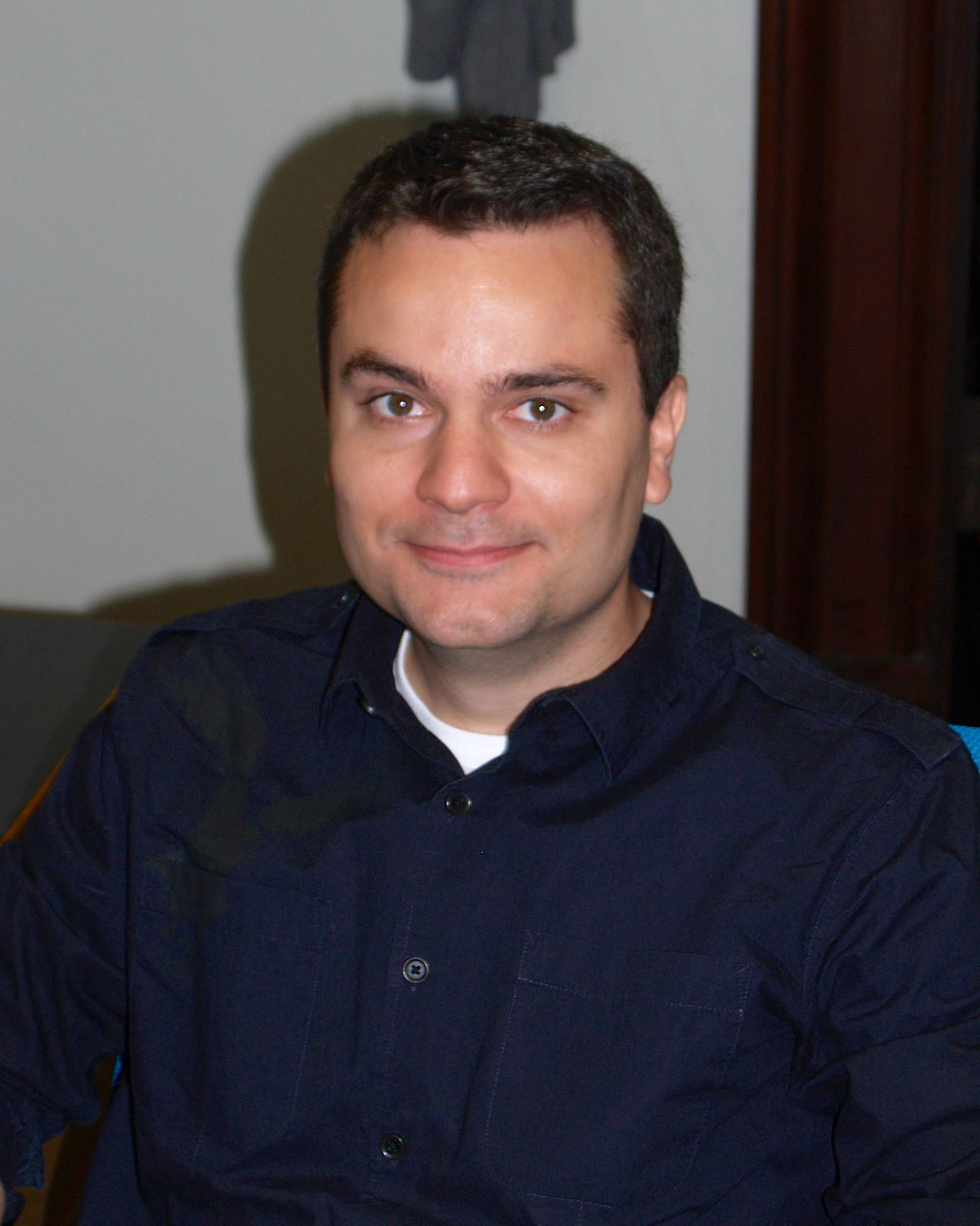Razvan Nistor

Ph.D. in Physics, University of Western Ontario (2009)
M.Sc. in Physics, University of Windsor (2004)
B.Sc. in Physics, University of Windsor (2001)
email: rn2312@columbia.edu
Research Interests
My research interests lie at the juncture of physics, chemistry, and materials science. In particular, I use the latest computational techniques to gain microscopic insight into the physics and chemistry of interfaces relevant to many industries and technologies. In the past, I have worked on developing polarizable force-fields for protein simulations, understanding the doping properties of high-temperature superconductors, exploring novel architectures for flash-memory, and developing cost-effective materials for solar cell applications.
My work with the Berne group focuses on how small solutes, such as glycerol, inhibit the growth of ice. Freezing rates affect a large number of processes in atmospheric physics, the food preservation industry, and in the cryopreservation of biological samples. We use large-scale molecular dynamics simulations to study the crystallization of various solutions and how small solutes affect the attachment kinetics of water molecules at the ice-liquid interface. We're probing the noncolligative properties of these solutions and how increasingly hydrophobic molecules affect ice-growth. We've discovered very interesting trends thus far, implying the attachment kinetics is driven by a free energy gradient between the interface and liquid regions. We could only have gained such insights from all-atom explicit solvent simulations which give us access to the structure and dynamics of the interface region.
For more information, please visit my website.
Selected Publications
R. A. Nistor, G. J. Martyna, and D. M. Newns. "The role of chemistry in graphene doping for carbon-based electronics." ACS Nano 5, 3096 (2011).
R. A. Nistor, G. J. Martyna, D. M. Newns, C. C. Tsuei, and M. H. Mueser. "Ab initio theory of the pseudogap in cuprate superconductors driven by C4 symmetry breaking." Phys. Rev. B 83, 144503 (2011).
D. Shakhvorostov, R. A. Nistor, Z. E. Hughes, S. Paul, L. Krusin-Elbaum, G. J. Martyna, D. M. Newns, C. Cabral, S. Raoux, Y. Song, and M. H. Mueser. "Evidence for electronic gapdriven metal-semiconductor transition in phase-change materials." Proc. Natl. Acad. Sci. 106, 10907 (2009).
R. A. Nistor, J. G. Polihronov, M. H. Mueser, and N. J. Mosey. "A generalization of the charge-equilibration method for non-metallic materials." J. Chem. Phys. 125, 094108 (2006).
